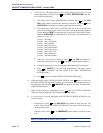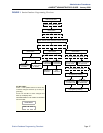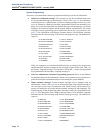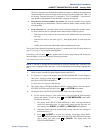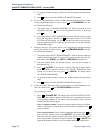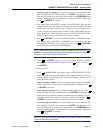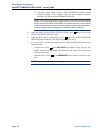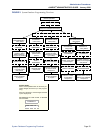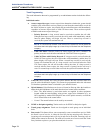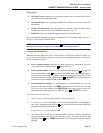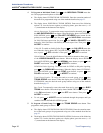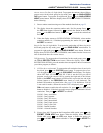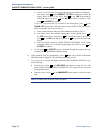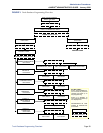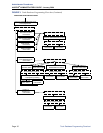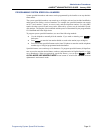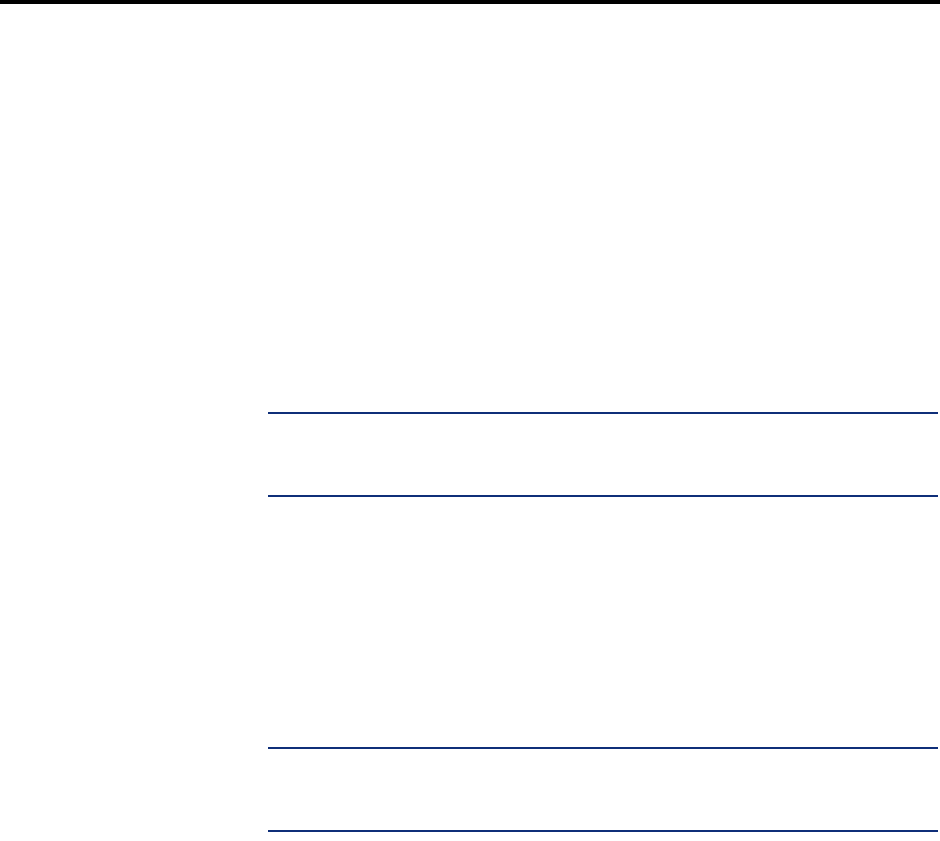
Page 24
Administrator Procedures
AXXESS
®
ADMINISTRATOR’S GUIDE – January 2004
Trunk Programming
Trunk Programming
The trunk information that can be programmed by an administrator station includes the follow-
ing:
Individual trunks:
• Answer supervision type: Answer supervision determines whether the system should
consider a call valid when it receives polarity reversal from the central office or wait for
the Valid Call timer to expire. Any outside call put on hold becomes valid immediately,
regardless of Answer Supervision or Valid Call timer status. There are three options
available under answer supervision type:
— Polarity Reversal: A loop reversal must be received to consider the call valid.
When the first loop reversal is received, the call is made valid immediately, and the
Inter-Tel phone display will begin call cost. When a second loop reversal is
received, the system will terminate the call.
NOTE: If a second loop reversal is not received, the system will not terminate the
call unless the inside party hangs up or loss-of-loop is received from the Telephone
company.
— Valid Call Timer: After the Valid Call Timer expires, the call is validated. All
polarity reversals received before and after the Valid Call Timer are ignored.
— Valid Call Timer with Polarity Reversal: If a loop reversal is received before the
Valid Call Timer expires, the call will be made valid immediately, and the Inter-Tel
phone display will begin call cost. When a second loop reversal is received, the
system will terminate the call. If a loop reversal is not received before the Valid
Call Timer expires, the call will be made valid by the timer. If a loop reversal is
received after the timer expires, the loop reversal is ignored, but the call cost is
reset. If a second loop reversal is then received, the system will terminate the call.
NOTE: If a second loop reversal is not received, the system will not terminate the
call unless the inside party hangs up or loss-of-loop is received from the Telephone
company.
• Caller ID: When selected, the Caller ID option indicates that the associated trunk will
provide caller identification signals. This cannot be programmed unless the Advanced
CO Interfaces premium feature is included in your software license.
• Hybrid balance: Hybrid balance can be set to Normal or Short to allow the installer to
adjust the hybrid impedance of the trunk based on local central office conditions.
— Short: The short balance is used when trunks are supplied by other equipment
located within the same building, using private, copper wire termination (e.g., an
OPX supplied by another PBX that does not use the public network) or when the
site is located close to the central office.
— Normal: The normal balance can be used by most trunks.
• DTMF or dial-pulse signaling: Trunks can be set for DTMF or dial pulse signals.
• Trunk group assignment: Trunks can be assigned to trunk groups on an individual
basis.
• Busy trunk: This feature allows you to temporarily remove a trunk from service. While
the trunk is out of service, it cannot be used for placing outgoing calls. However,
incoming calls on analog trunks will ring in and can be answered. Incoming calls on
ISDN trunks cannot be answered. The trunk will remain out of service until the Trunk
Busy Out timer expires or you place the trunk back in service.



